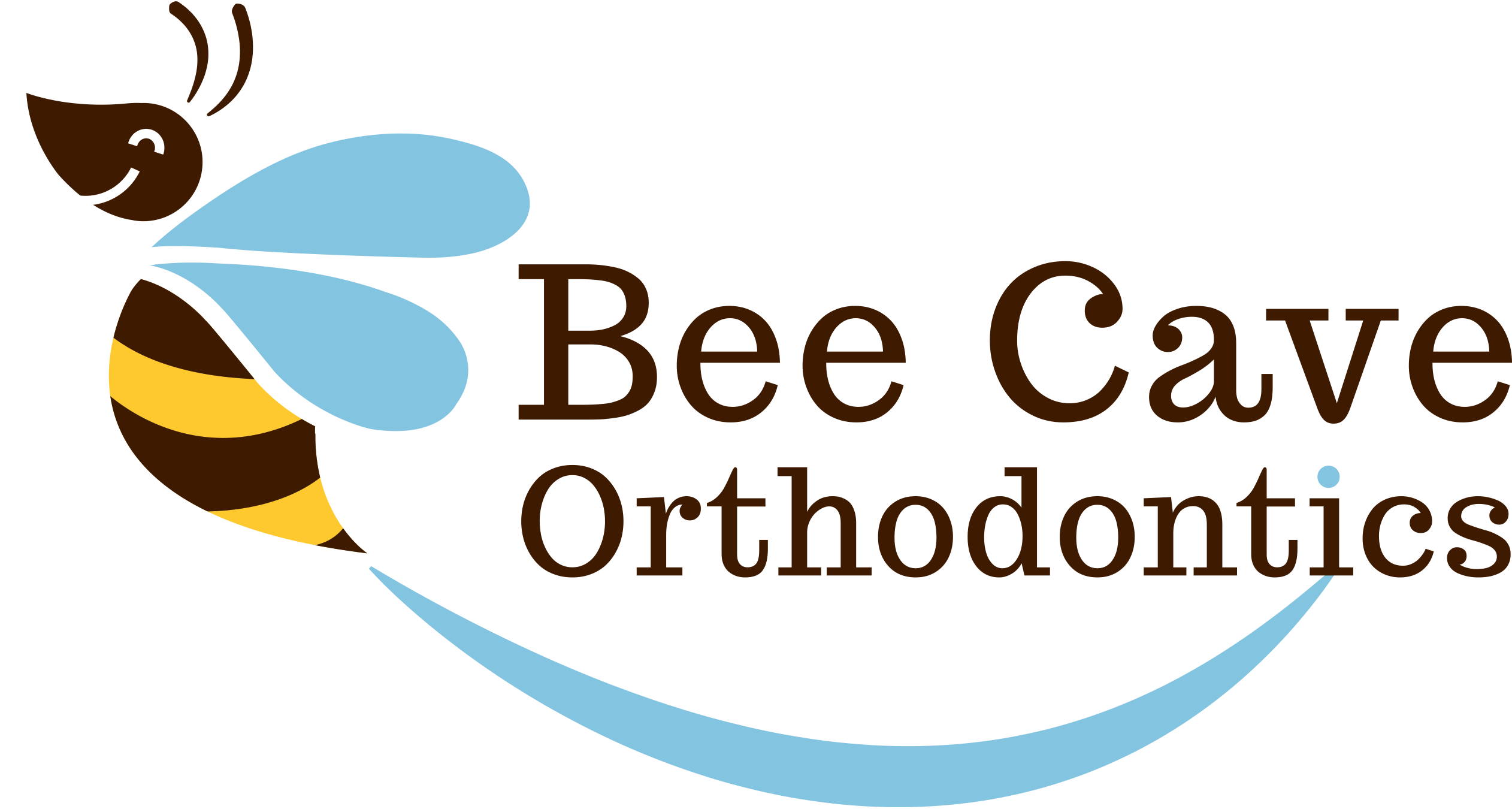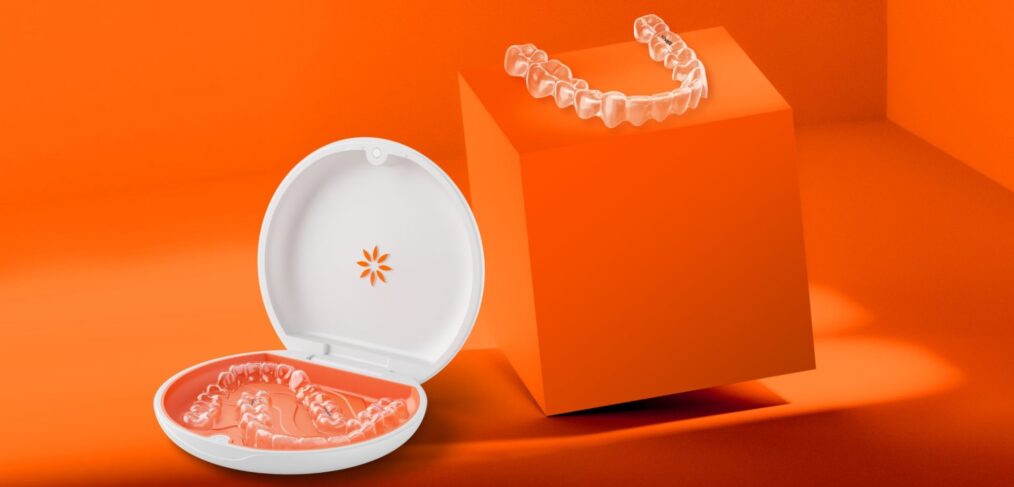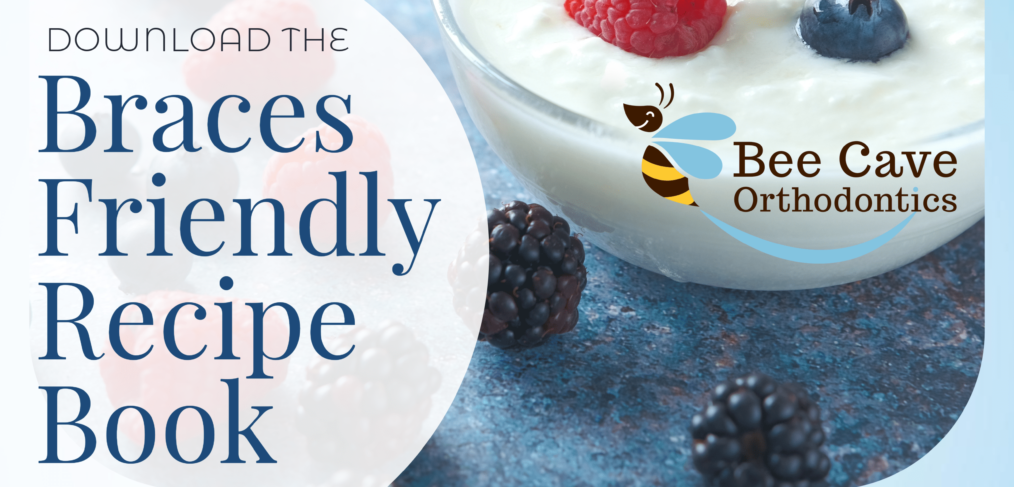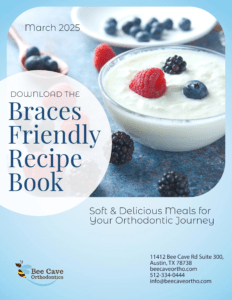Allergy season in Austin can impact your child’s oral health. Dr. D, a pediatric orthodontist and Invisalign speaker, shares 7 best practices to keep your kid’s smile healthy during allergy season. Learn more today! – Bee Cave Orthodontics – Austin Texas
Allergy season in Austin can be tough on kids, with symptoms like congestion, dry mouth, and sinus pressure making it harder to maintain good oral health. As a trusted pediatric orthodontist in Austin, Texas, and an Invisalign speaker, Dr. D understands the unique challenges allergy season can bring. In this blog post, she shares 7 strong tips to help you care for your child’s smile during allergy season. Let’s dive in!
1. Stay Hydrated
Allergy medications and mouth breathing can lead to dry mouth, which increases the risk of cavities. Encourage your child to drink plenty of water throughout the day to keep their mouth moist and wash away bacteria.
2. Brush and Floss Regularly
Congestion and fatigue can make kids skip their oral hygiene routine, but it’s important to stay consistent. Remind your child to brush twice a day and floss daily to remove plaque and prevent tooth decay.
3. Rinse After Using Allergy Medications
Many allergy medications, like antihistamines and nasal sprays, contain sugars or acids that can stick to teeth. Have your child rinse their mouth with water after using these medications to reduce the risk of cavities.
4. Use a Humidifier
Dry air can worsen dry mouth and irritate the throat. A humidifier in your child’s room can help keep their mouth and nasal passages moist, making it easier to breathe and sleep comfortably.
5. Watch for Teeth Grinding
Sinus pressure and congestion can lead to teeth grinding (bruxism) at night. If you notice your child grinding their teeth, talk to Dr. D about a custom night guard to protect their smile.
6. Choose Sugar-Free Allergy Remedies
Many allergy medications and cough drops contain sugar, which can harm teeth. Opt for sugar-free alternatives to keep your child’s smile healthy while managing their allergies.
7. Schedule a Dental Checkup
Allergy season is a great time to schedule a checkup with Dr. D. She can assess your child’s oral health, address any concerns, and provide personalized tips to keep their smile healthy during allergy season and beyond.
Why Choose Dr. D for Your Child’s Dental Care?
As a leading pediatric orthodontist and Invisalign speaker in Austin, Texas, Dr. D is passionate about helping kids maintain healthy, confident smiles—no matter the season. Her practice is designed to provide compassionate, personalized care that meets the unique needs of every child.
Ready to Protect Your Child’s Smile During Allergy Season?
Don’t let allergies stand in the way of your child’s oral health. With these simple tips and Dr. D’s expert guidance, you can help your child stay healthy and happy all season long. Contact Dr. D’s orthodontic practice in Austin today to schedule a consultation and learn more about how we can support your child’s dental health journey.
Click here to Schedule a Free Consultation now!
Want to get to know us a little better? Check out our YouTube Videos!














